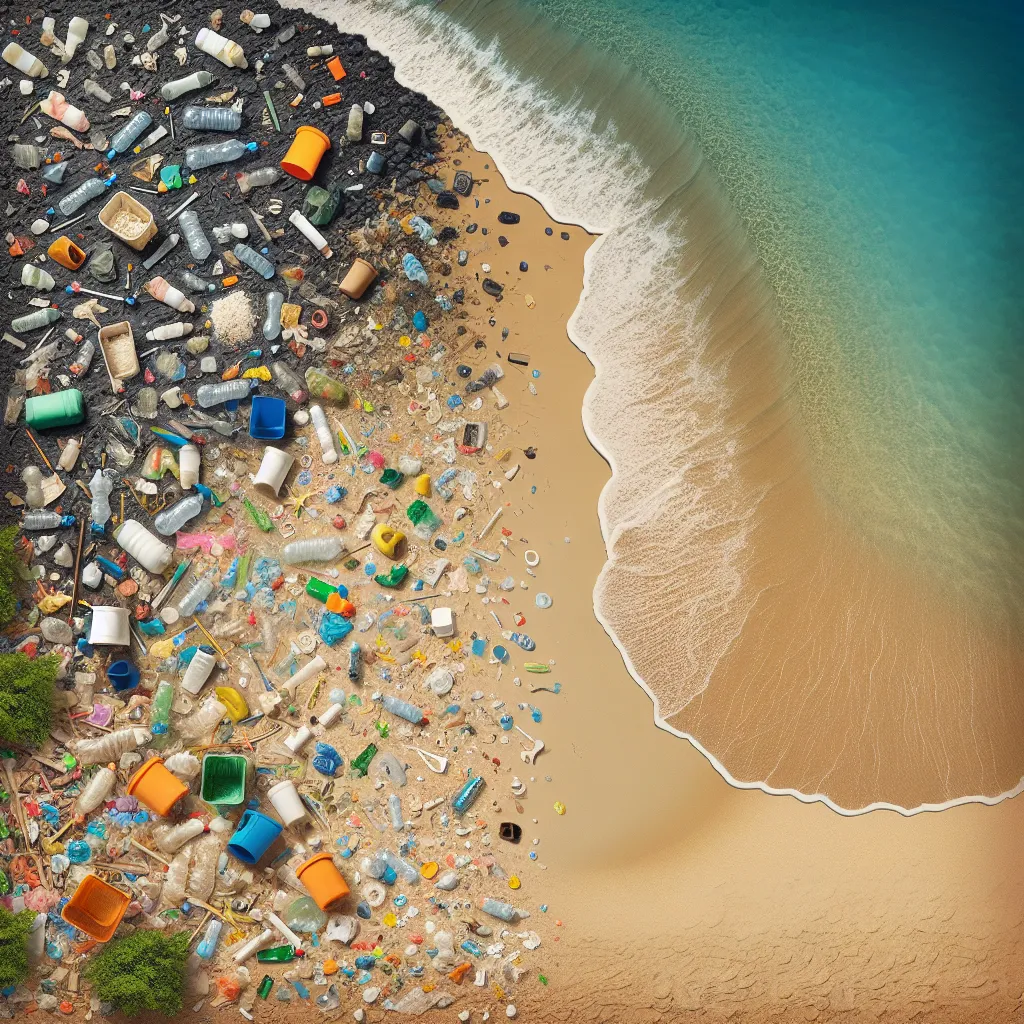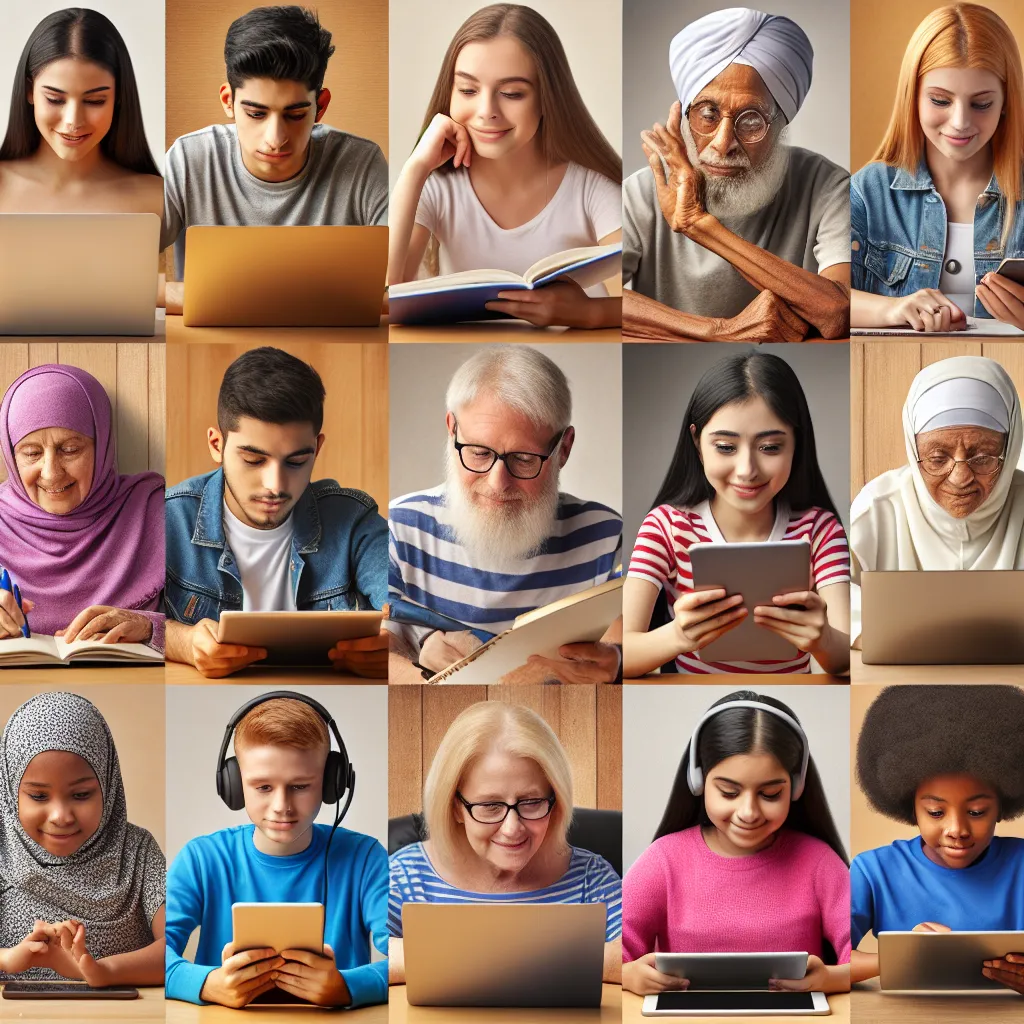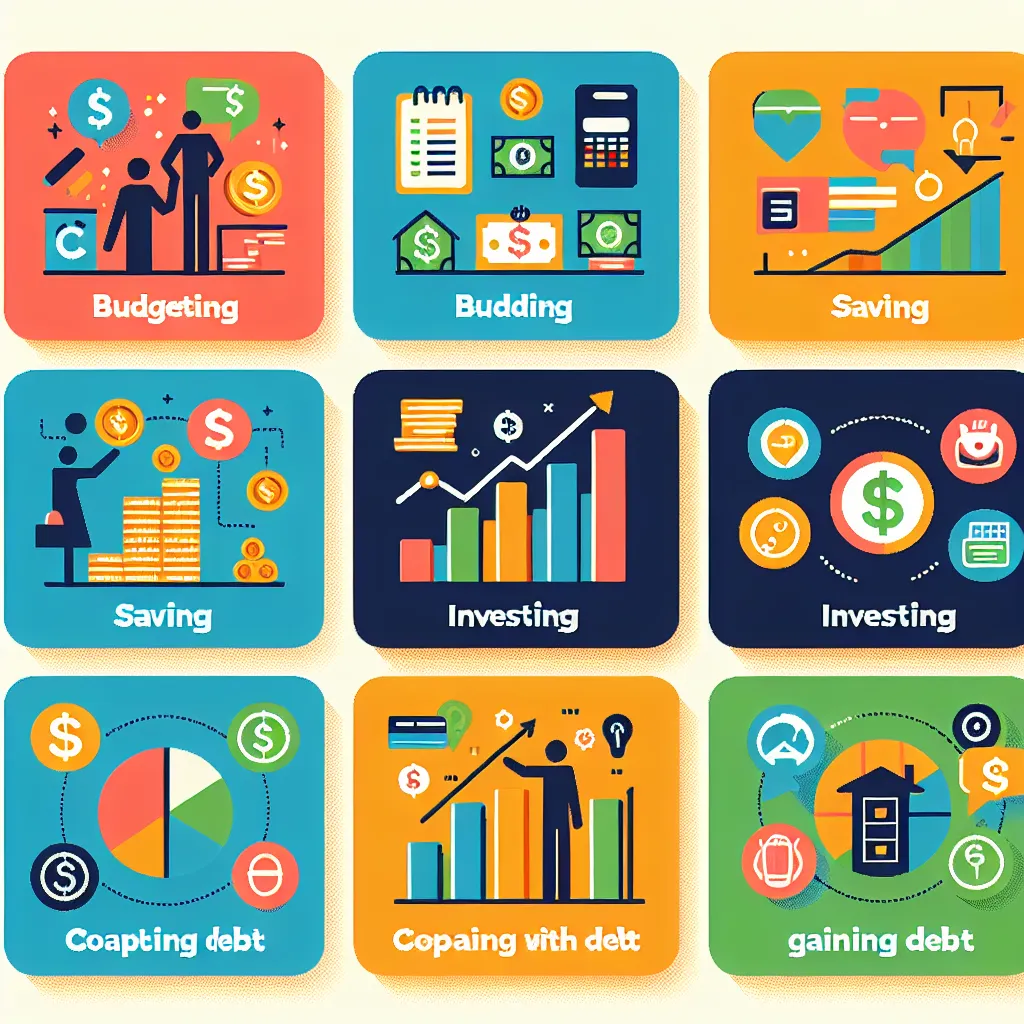The IELTS Reading section is a crucial component of the test, assessing your ability to comprehend complex texts and extract relevant information. Today, we’ll focus on a pressing environmental issue: “How to reduce plastic pollution in oceans.” This topic has been increasingly prevalent in recent IELTS exams, reflecting its global significance. Given its relevance and the growing concern for marine ecosystems, it’s highly likely that similar themes will continue to appear in future tests.
 Plastic pollution in the ocean
Plastic pollution in the ocean
IELTS Reading Practice Text
Tackling the Plastic Pollution Crisis in Our Oceans
The world’s oceans are drowning in plastic. Every year, an estimated 8 million metric tons of plastic waste enter our oceans, equivalent to dumping a garbage truck full of plastic into the sea every minute. This staggering amount of pollution poses a severe threat to marine ecosystems, wildlife, and ultimately, human health. As the crisis escalates, scientists, policymakers, and environmental activists are working tirelessly to find effective solutions to reduce plastic pollution in our oceans.
One of the primary sources of ocean plastic pollution is single-use plastics. Items such as plastic bags, bottles, and food packaging are often used for mere minutes but can persist in the environment for hundreds of years. To address this issue, many countries have implemented bans or taxes on single-use plastic items. For instance, Kenya introduced one of the world’s strictest plastic bag bans in 2017, with violators facing hefty fines or even imprisonment. Such measures have proven effective in reducing plastic consumption and encouraging the use of sustainable alternatives.
Another promising approach is the development and promotion of biodegradable materials. Scientists are researching innovative materials that can replace conventional plastics while breaking down harmlessly in the environment. For example, a team of researchers at the University of Cambridge has created a polymer film from plant proteins that is both edible and biodegradable. Such innovations could revolutionize packaging and significantly reduce plastic waste entering our oceans.
Improving waste management systems is crucial in preventing plastic from reaching the seas. Many developing countries lack adequate infrastructure to collect, sort, and recycle plastic waste effectively. International organizations and governments are investing in waste management projects to bridge this gap. The Alliance to End Plastic Waste, a nonprofit organization comprising major corporations, has committed $1.5 billion to improve waste management infrastructure in Southeast Asia, a region responsible for a significant portion of ocean plastic pollution.
Education and awareness campaigns play a vital role in changing consumer behavior and promoting responsible plastic use. Initiatives like the Plastic Free July challenge encourage individuals to reduce their plastic consumption and adopt more sustainable habits. These campaigns not only raise awareness about the environmental impact of plastic pollution but also empower people to make meaningful changes in their daily lives.
Technological innovations are also contributing to the fight against ocean plastic pollution. The Ocean Cleanup, a nonprofit organization founded by young Dutch inventor Boyan Slat, has developed a passive system that uses ocean currents to collect plastic waste. The organization aims to remove 90% of floating plastic from the world’s oceans by 2040. While such ambitious projects face challenges, they demonstrate the potential for innovative solutions to address the plastic pollution crisis.
Corporate responsibility is another critical aspect of reducing plastic pollution. Many multinational companies are setting ambitious targets to reduce their plastic footprint and increase the use of recycled materials in their products. For instance, Adidas has committed to using only recycled polyester in all its products by 2024, while Unilever aims to halve its use of virgin plastic and ensure all its plastic packaging is reusable, recyclable, or compostable by 2025.
International cooperation is essential in addressing this global issue. The United Nations Environment Programme (UNEP) has launched the Clean Seas campaign, which aims to engage governments, the general public, and the private sector in the fight against marine plastic pollution. The campaign has already garnered commitments from over 60 countries to reduce plastic waste and improve ocean health.
While the challenge of reducing plastic pollution in our oceans is immense, the combined efforts of individuals, organizations, businesses, and governments are making a difference. By continuing to innovate, educate, and implement effective policies, we can work towards cleaner, healthier oceans for future generations.
Questions
True/False/Not Given
Determine whether the following statements are True, False, or Not Given based on the information provided in the text.
- Plastic pollution in oceans is equivalent to dumping a garbage truck full of plastic into the sea every hour.
- Kenya’s plastic bag ban includes the possibility of imprisonment for violators.
- Biodegradable materials developed by scientists can completely replace all types of conventional plastics.
- The Alliance to End Plastic Waste is focusing its efforts primarily on improving waste management in Europe.
- The Ocean Cleanup project aims to remove all floating plastic from the world’s oceans by 2040.
- All countries participating in the UNEP’s Clean Seas campaign have agreed to ban single-use plastics.
Multiple Choice
Choose the correct letter, A, B, C, or D.
-
According to the text, which of the following is a primary source of ocean plastic pollution?
A) Industrial waste
B) Agricultural runoff
C) Single-use plastics
D) Oil spills -
The polymer film created by researchers at the University of Cambridge is:
A) Made from synthetic materials
B) Edible and biodegradable
C) Designed for industrial use only
D) More durable than conventional plastics -
Which region is mentioned as being responsible for a significant portion of ocean plastic pollution?
A) North America
B) Western Europe
C) Southeast Asia
D) South America -
The Plastic Free July challenge aims to:
A) Ban all plastic production globally
B) Raise funds for ocean cleanup projects
C) Encourage reduced plastic consumption
D) Promote recycling initiatives in schools
Matching Headings
Match the following headings to the appropriate paragraphs in the text. There are more headings than paragraphs, so you will not use all of them.
A) The role of education in combating plastic pollution
B) Government regulations on plastic use
C) The impact of plastic pollution on marine life
D) Innovative technologies for ocean cleanup
E) Corporate initiatives to reduce plastic waste
F) International collaboration in addressing plastic pollution
G) The importance of recycling in reducing ocean pollution
H) Biodegradable alternatives to conventional plastics
- Paragraph 3: ____
- Paragraph 6: ____
- Paragraph 7: ____
- Paragraph 8: ____
Summary Completion
Complete the summary below using words from the box. There are more words than spaces, so you will not use all of them.
marine, devastating, innovative, recycling, campaigns, waste management, corporations, governments, oceans, landfills, ecosystems, awareness
Plastic pollution in our 15)__ is having a 16)__ effect on 17)__. To address this crisis, various strategies are being implemented. These include improving 18)__ systems, developing 19)__ materials, and launching education and 20)__ programs. Additionally, 21)__ and 22)__ are taking steps to reduce their plastic footprint and promote sustainable practices.
Answer Key and Explanations
-
False – The text states “every minute,” not “every hour.”
-
True – The text mentions “hefty fines or even imprisonment” for violators of Kenya’s plastic bag ban.
-
Not Given – The text doesn’t state that biodegradable materials can completely replace all conventional plastics.
-
False – The text specifies that the Alliance is focusing on Southeast Asia, not Europe.
-
False – The text states that the aim is to remove 90% of floating plastic, not all of it.
-
Not Given – The text doesn’t mention that all participating countries have agreed to ban single-use plastics.
-
C – The text explicitly states that single-use plastics are a primary source of ocean plastic pollution.
-
B – The text describes the polymer film as “both edible and biodegradable.”
-
C – Southeast Asia is mentioned as being responsible for a significant portion of ocean plastic pollution.
-
C – The text states that the Plastic Free July challenge encourages individuals to reduce their plastic consumption.
-
H – This paragraph discusses biodegradable alternatives to conventional plastics.
-
D – This paragraph focuses on technological innovations for ocean cleanup, specifically mentioning The Ocean Cleanup project.
-
E – This paragraph discusses corporate initiatives to reduce plastic waste and increase the use of recycled materials.
-
F – This paragraph focuses on international collaboration through the UNEP’s Clean Seas campaign.
-
oceans
-
devastating
-
ecosystems
-
waste management
-
innovative
-
awareness
-
corporations
-
governments
Common Mistakes to Avoid
- Misinterpreting frequency: Pay close attention to time-related details, such as “every minute” vs. “every hour.”
- Overgeneralizing: Be cautious about extending information beyond what is explicitly stated in the text.
- Confusing similar concepts: Distinguish between related ideas, such as “reducing” and “eliminating” plastic pollution.
- Overlooking specific details: Note precise information, such as percentages or target dates mentioned in the text.
- Assuming information: Avoid making assumptions about information that is not directly provided in the passage.
Vocabulary
- Staggering (adjective) /ˈstæɡərɪŋ/ – astonishing or deeply shocking
- Escalates (verb) /ˈeskəleɪts/ – to increase rapidly
- Persist (verb) /pərˈsɪst/ – to continue to exist
- Biodegradable (adjective) /ˌbaɪəʊdɪˈɡreɪdəbl/ – capable of being decomposed by bacteria or other living organisms
- Infrastructure (noun) /ˈɪnfrəstrʌktʃər/ – the basic physical and organizational structures and facilities
- Innovations (noun) /ˌɪnəˈveɪʃnz/ – new ideas, methods, or devices
- Ambitious (adjective) /æmˈbɪʃəs/ – having or showing a strong desire and determination to succeed
- Virgin plastic (noun phrase) – plastic resin that has been newly created without any recycled materials
Grammar Focus
Pay attention to the use of present perfect tense in sentences like:
“Many countries have implemented bans or taxes on single-use plastic items.”
Structure: Subject + have/has + past participle
This tense is used to describe actions that started in the past and continue to have relevance in the present. It’s particularly useful when discussing ongoing efforts or recent developments in environmental policies and initiatives.
Tips for IELTS Reading Success
- Time management: Allocate your time wisely between reading the passage and answering questions.
- Skim and scan: Quickly skim the text for general understanding, then scan for specific details when answering questions.
- Keyword identification: Focus on identifying key terms in both the passage and questions to locate relevant information quickly.
- Practice active reading: Engage with the text by underlining key points and making brief notes.
- Vocabulary building: Regularly expand your vocabulary, particularly in topics commonly featured in IELTS, such as environmental issues.
- Familiarize yourself with question types: Understanding different question formats will help you approach them more efficiently.
- Read widely: Expose yourself to various text types and topics to improve your reading speed and comprehension.
By following these strategies and consistently practicing with diverse reading materials, you can significantly improve your performance in the IELTS Reading section. Remember, the key to success lies in regular practice and developing effective reading techniques.
For more information on related topics, you might find these articles helpful:


